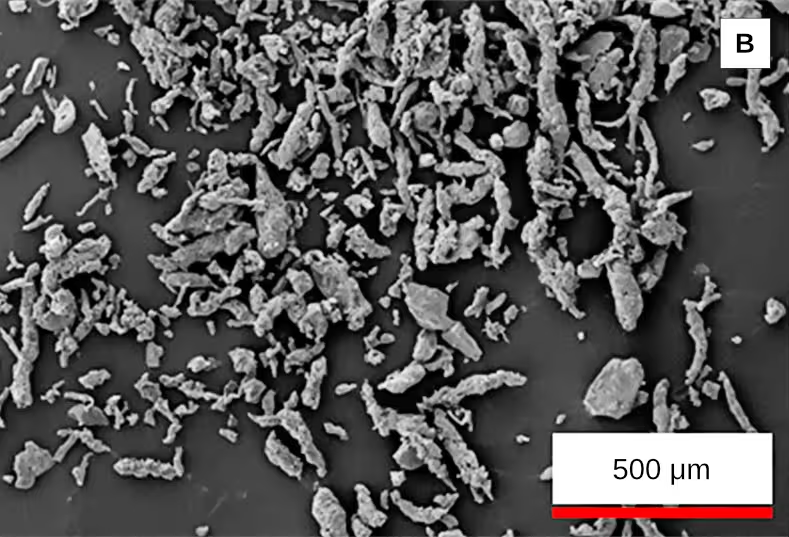
(Source: [6048] CC BY)
DieselNet Technology Guide » What Are Engine Emissions
DieselNet | Copyright © ECOpoint Inc. | Revision 2025.11
This is a preview of the paper, limited to some initial content. Full access requires DieselNet subscription.
Please log in to view the complete version of this paper.
While the combustion engine is a well-known source of particulate matter from mobile sources that has seen considerable research and regulatory focus for many decades, particulate matter is also generated by the degradation of vehicle components and road surfaces. While this focus on exhaust PM has enabled very low emissions of PM from the combustion engine, PM from non-exhaust sources has received very little attention until recently and is now a considerable proportion of total PM from mobile applications, Figure 1 [6048].

(Source: [6048] CC BY)
Definitions of non-exhaust particles primarily focus on direct wear emissions from the brakes, tires and road surfaces. Some definitions also include the suspension (or resuspension) of road dust. The latter can generate some confusion and lead to double counting unless carefully accounted for.
One such definition differentiates between direct wear emissions from brakes, tires and road surfaces that are directly airborne and those that are first deposited on the road surface and then suspended in the air by vehicle traffic. In this definition, the latter are included in road dust suspension. Road dust suspension would also include particles that have migrated to the road from other sources. Double counting becomes a problem for wear particles that are first directly airborne but then deposited on the road surface only to be resuspended by passing vehicles [4987].
Brake wear particles arise from the friction between brake pads (brake shoes) and discs (drums). Approximately half of brake wear generated particles become airborne with approximately equal contributions from brake pads and discs, Figure 2 left [4987][6389].


(Source: [6389][6390] CC BY)
Tire wear emissions are generated from tread abrasion by road surfaces, and it can be difficult to separate them from road wear particles. For this reason, these particles are commonly referred to as tire road wear particles (TRWP). These particles appear elongated, with a “sausage-like” shape, and consist of a complex mixture of tread rubber and encrusted mineral particles from pavement, Figure 2 right. Only a small fraction of TRWPs are small enough to be airborne [4987][6390].
Road wear occurs from the fragmentation and breakdown of road pavement resulting from vehicle traffic. Pavements consist of aggregate bonded with bitumen and wear particles are composed of minerals along with organic carbon (OC). Other elements such as furnace slag and mixed tire rubber can also be incorporated into road pavements. Road wear is often merged with road dust resuspension in source apportionment studies because the deposition of other mineral particles originating from soil resuspension, traction sanding, building activities and desert dust makes it difficult to separate road wear and road dust [4987].
###